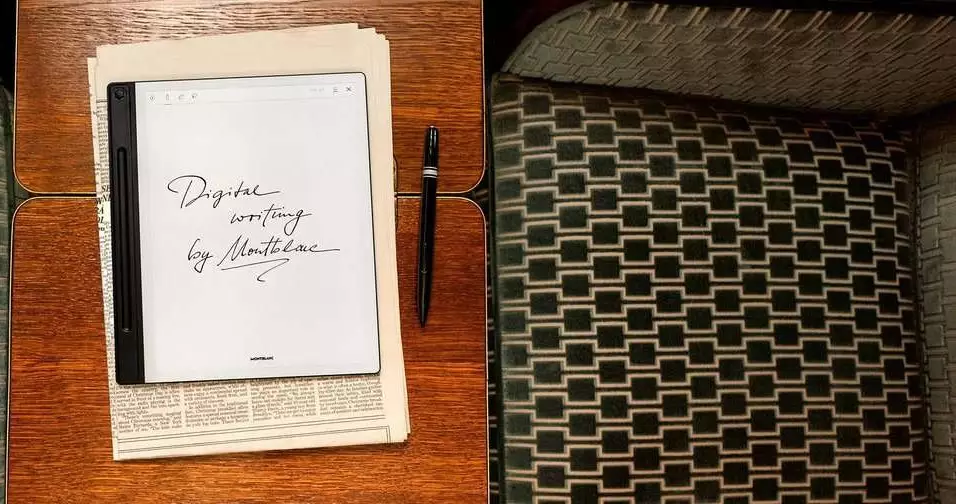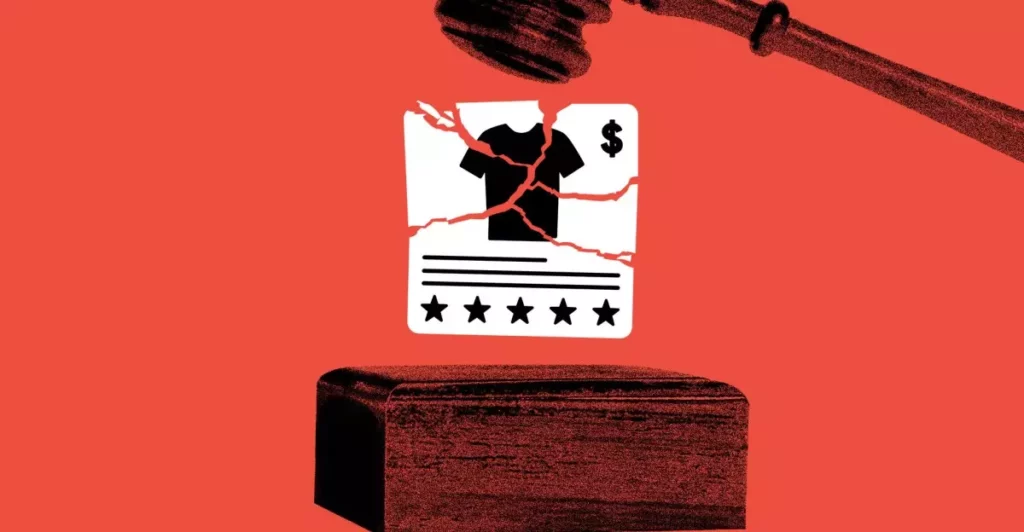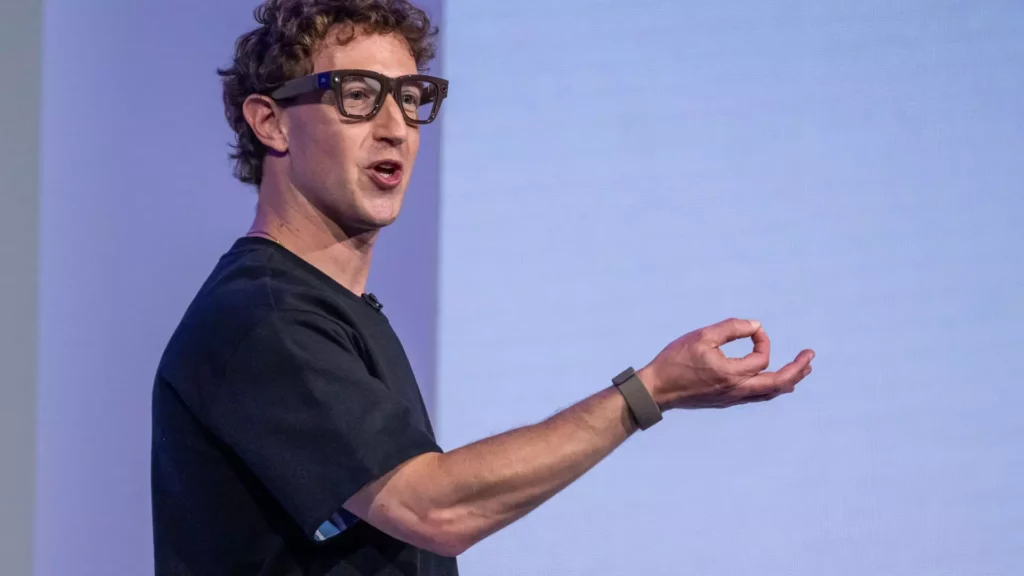In a landscape driven by relentless technological progress, the safeguarding of intellectual property has transcended mere legal formalities; it has become the backbone of corporate survival. Companies pour billions into research and development, cultivating a culture of innovation designed to maintain a competitive edge. Yet, underlying this effort is a fragile veneer of trust that is easily fractured when employees with access to sensitive data decide to leverage their positions for personal gain. The recent high-profile lawsuit involving Apple and a departing senior engineer exemplifies this peril, exposing how easily corporate secrets can be compromised not just by malicious intent but by systemic vulnerabilities.
This incident underscores a sobering reality: in the race for technological supremacy, trust must be embedded within a framework of strict oversight. Apple’s case revealed that an employee, Liu, meticulously downloaded thousands of confidential files—an act that, on the surface, appears more calculated than impulsive. Such premeditation suggests not just a breach of confidentiality but an outright betrayal of the fundamental trust that employees are given. Companies must recognize that the assumption of good faith is a fragile one, easily shattered by negligence or deliberate misconduct. Conclusively, the myth that purely legal safeguards are sufficient to shield proprietary information falls apart in the face of increasingly sophisticated data theft tactics.
The Imperative for Proactive Security Measures
The lesson from Apple’s misstep lies in the inadequacy of traditional “trust but verify” policies. When an employee departs and access is not swiftly revoked—perhaps due to health claims or other pretexts—an exploitable window opens. This case exposes the critical flaw: organizations that rely solely on reactive protocols leave themselves vulnerable to damage that can undercut years of innovation. An effective modern security posture must be proactive, layered, and real-time.
Advanced endpoint security solutions, continuous monitoring, and instant alerts on abnormal data activity are no longer optional but essential. Organizations should implement strict file access controls, ensuring that large data downloads trigger automatic lockdowns. Coupling these measures with behavioral analytics could help detect early signs of malicious intent before damage is done. Viewing employee exit procedures as mere administrative chores is outdated; they must evolve into comprehensive security protocols that anticipate and neutralize threats before they materialize.
Ethics, Culture, and the Broader Industry Dilemma
The incident with Liu also raises fundamental ethical concerns. Are corporations cultivating environments where integrity is prioritized, or are lax policies breeding a culture of complacency? Overconfidence in legal deterrents or a reluctance to enforce stringent internal controls often signals a misplaced trust. While lawsuits serve as visible deterrents, they should not be the primary means of safeguarding innovation; instead, they must be complemented by an internal environment that fosters responsibility and transparency.
A culture of integrity begins with explicit policies, regular training, and clear consequences for misconduct. Employees should understand that their role in protecting company assets is as vital as their technical expertise. Simultaneously, companies need to reassess whether they are providing enough cybersecurity education and whether their data environments are sufficiently resilient. In an era where digital breaches are commonplace, a reactive stance is no longer just ineffective—it’s reckless.
Furthermore, the broader industry must grapple with the systemic weaknesses that make such breaches possible. Are firms sharing best practices, or are they competing in an echo chamber of vulnerabilities? Collaboration on cybersecurity standards and mutual accountability could create a more defensible industry posture. In the end, innovation cannot thrive in an environment riddled with insecurity; there must be a strategic pivot towards prioritizing proactive, layered defense mechanisms.
Beyond Legal Battles: Building a Culture of Resilience
As the repercussions of Apple’s lawsuit ripple through the tech world, the focus should shift from courtroom theatrics to systemic reforms. Relying solely on legal actions to deter misconduct is short-sighted. Instead, companies must embrace technological innovations—such as AI-powered threat detection, blockchain-based access controls, and automated audit trails—that make data breaches more difficult to execute and easier to detect.
Crucially, this is as much about corporate ethos as it is about technology. Ethical standards and a genuine commitment to responsible conduct should be embedded in corporate DNA. This begins with leadership setting the tone from the top and establishing transparent policies that do not merely react to crises but anticipate them. When organizations develop a culture that emphasizes safeguarding innovation as a shared responsibility, they create formidable barriers against internal threats.
The stark reality is that modern corporate security cannot be an afterthought or a reactive measure. It demands strategic foresight, technological agility, and an unwavering ethical commitment. Only then can the myth of invulnerability be shattered, and the long-term integrity of innovation be preserved in an increasingly treacherous digital landscape.









Leave a Reply